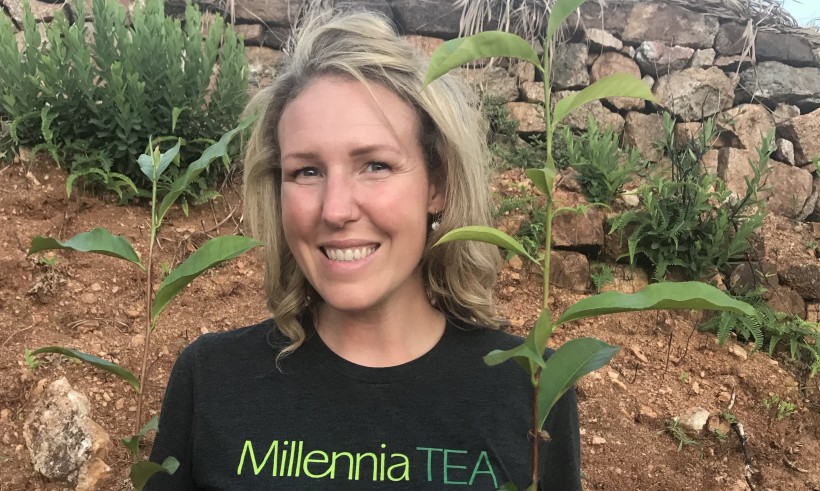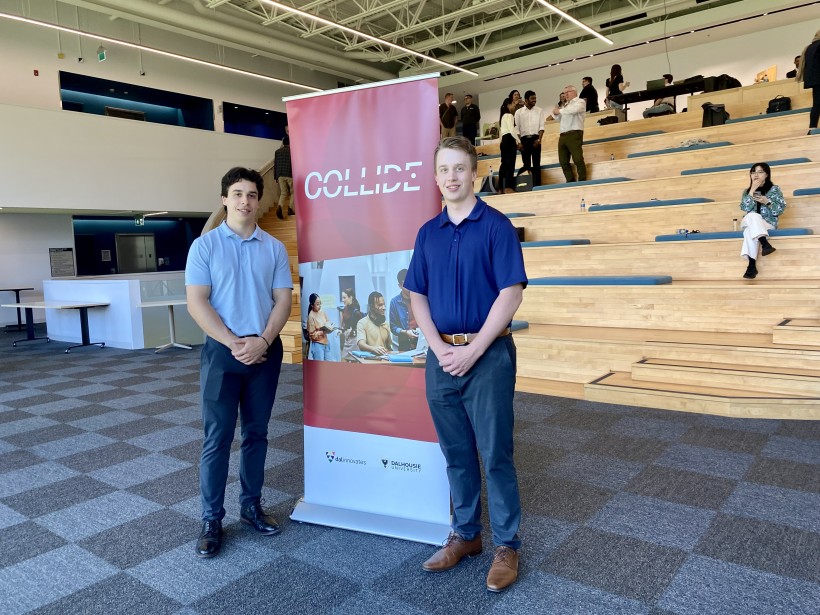Scott Walton has a long journey in front of him – geographically, financially and likely in other ways. But he’s well under way.
Walton, the 24-year-old founder and CEO of the Saint John carbon capture enterprise Enovex Corp., will leave Monday for an eight-week road show that will take him to Colorado, Beijing, Shanghai, Hong Kong, Calgary, New York City, Banff and Toronto in search of capital and customers. He will attend the Modern Energy Forum in Denver, and is one of 10 Canadian cleantech companies invited to the Northern CleanTech Showcase in Beijing and Shanghai.
He’s got an interesting story to tell the potential investors and customers he meets along the way. Three years ago, Walton was working at an entrepreneurship think tank he’d started at age 19 when he began to study the carbon capture systems on the market at the time.
``The existing technology didn’t perform very well,’’ he said in an interview. ``If you look at it closely, the existing technology was more expensive than what plant owners were prepared to pay.’’
So in 2009, he started Enovex, which has created technology that can remove 60 percent of the emissions from the smoke produced by coal-burning power plants. There are two parts to the technology: a mechanical device that removes CO2 from the waste, working in tandem with a synthetic material that enhances the process. The company now has six employees.
Enovex raised $150,000 in seed financing in 2010 from government agencies, private investors and lenders. Walton is now working on raising a $1.5 million to $2.0 million first round of investment, and has already secured $400,000 of that round. All the investors so far are local.
The company is working with a utility (which he declined to name) as an industrial partner, and it collaborates with PropelICT, University of New Brunswick Saint John and SHIFT Energy.
Walton believes the company will eventually need $10 million to $15 million to fully commercialize its technology, admitting such a figure is a tad daunting but not overwhelmingly so.
``There’s a very strong potential to get that cost offset by a partner, like a utility,’’ he said. He added that federal funding programs can help to fund the development of this sort of technology, given its environmental benefits.
Yet it is not the Canadian market that excites him so much as the Chinese, where a new coal-fired power station is being opened each week, and the pollution is affecting the quality of life. He plans to open an office in the Middle Kingdom and work with a local partner to develop a network there.







